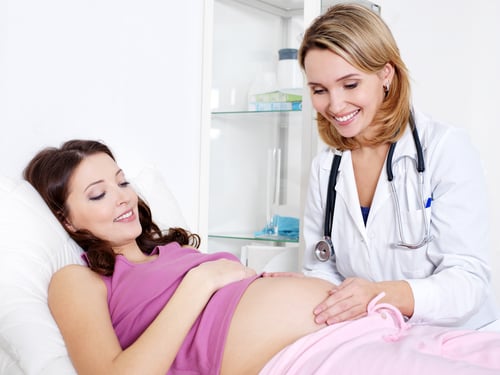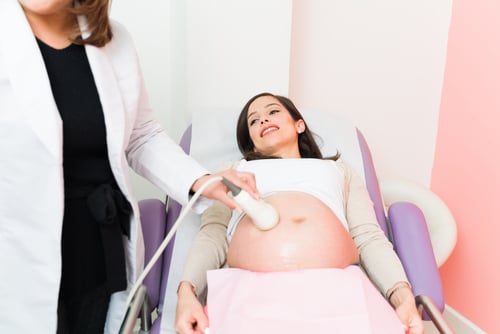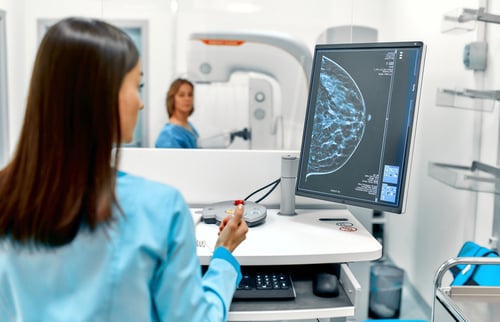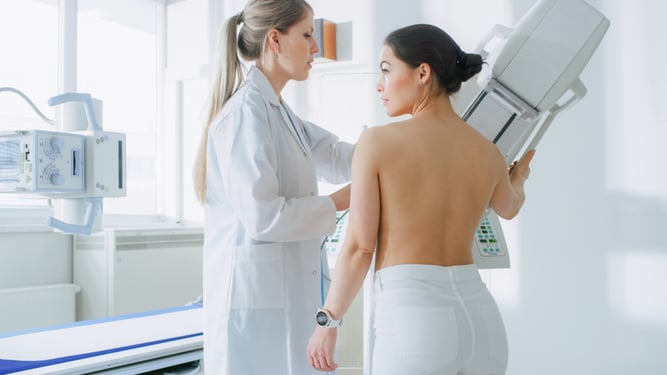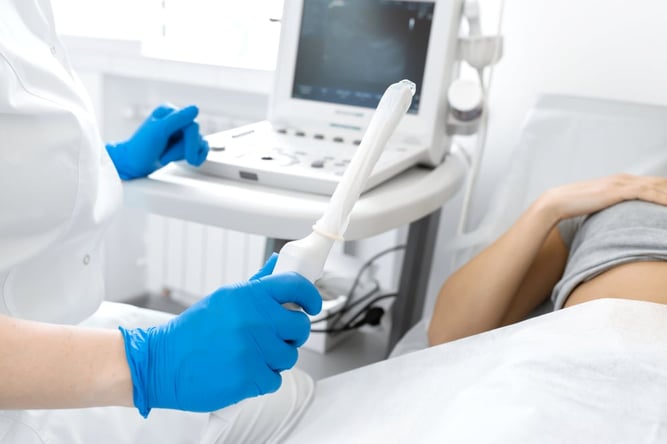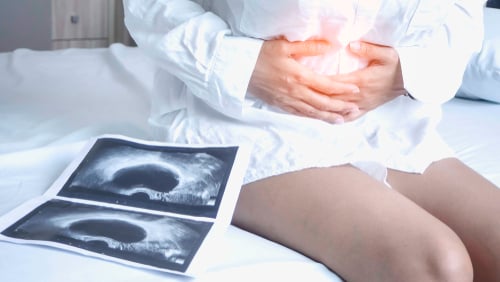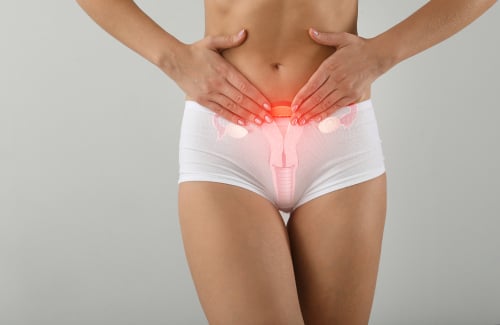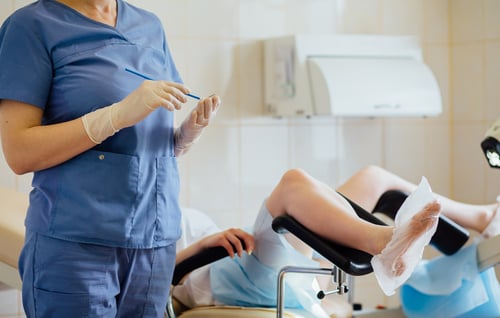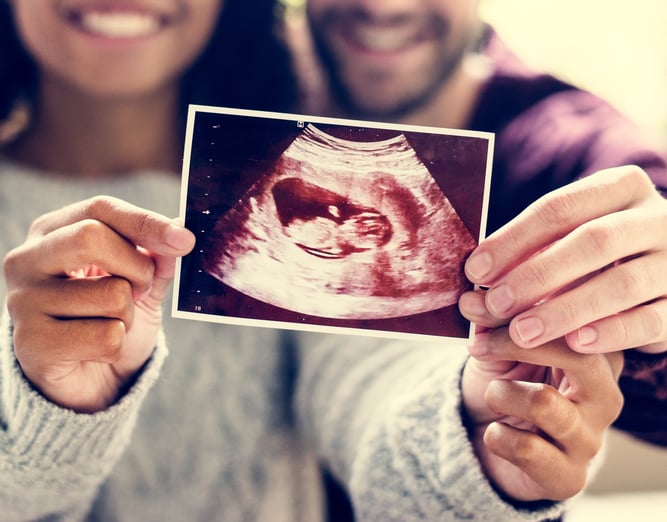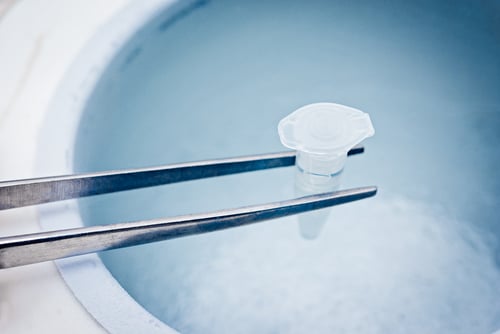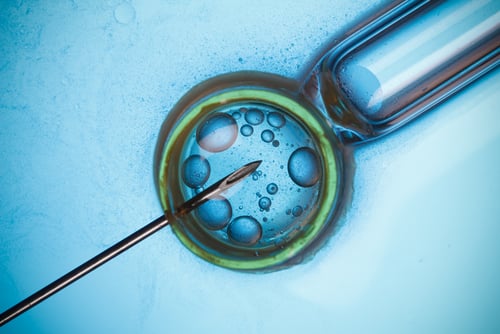Causes of Pelvic Organ Prolapse
Let us explore the various factors that contribute to pelvic organ prolapse.
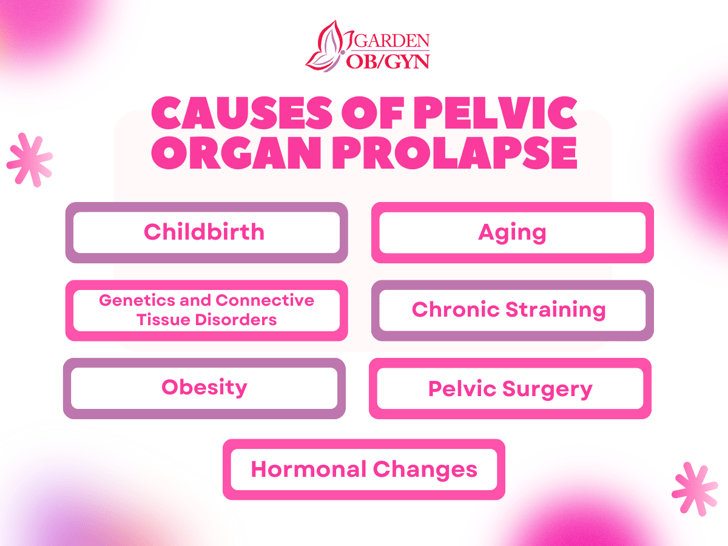
Pelvic organ prolapse (POP) is a condition that affects a significant number of women, causing organs in the pelvic region to descend or herniate. Understanding the causes of prolapse is crucial for prevention, early detection, and effective management. In this article, we will explore the various factors that contribute to pelvic organ prolapse.
-
Childbirth: One of the primary causes of pelvic organ prolapse is childbirth, particularly vaginal delivery. The process of labor and delivery places immense stress on the pelvic floor muscles and supportive tissues. The stretching and weakening of these structures during childbirth can lead to the displacement of pelvic organs over time.
-
Aging: The aging process itself is a significant factor in the development of pelvic organ prolapse. As women age, hormonal changes, especially during menopause, can result in a decrease in collagen production. Collagen is a key component of the connective tissues that provide support to pelvic organs. The natural aging of these tissues can contribute to weakness and a higher likelihood of prolapse.
-
Genetics and Connective Tissue Disorders: Some individuals may be predisposed to pelvic organ prolapse due to genetic factors. Conditions affecting connective tissues, such as Ehlers-Danlos syndrome or Marfan syndrome, can compromise the strength and integrity of the tissues supporting pelvic organs, increasing the risk of prolapse.
-
Chronic Straining: Conditions that cause chronic straining can play a role in the development of pelvic organ prolapse. Chronic constipation, persistent coughing, or heavy lifting can create increased intra-abdominal pressure, leading to stress on the pelvic floor and contributing to the weakening of supporting structures.
-
Obesity: Maintaining a healthy weight is crucial for overall health, including the prevention of pelvic organ prolapse. Excess body weight can place additional stress on the pelvic floor muscles and tissues, increasing the risk of prolapse.
-
Pelvic Surgery: Previous pelvic surgeries, especially those involving the removal of the uterus (hysterectomy), can alter the anatomical support of pelvic organs. This change in structure may contribute to the development of prolapse.
-
Hormonal Changes: Hormonal fluctuations, such as those occurring during pregnancy, childbirth, and menopause, can impact the strength and elasticity of pelvic tissues. Changes in hormone levels can contribute to the weakening of supportive structures and increase the susceptibility to prolapse.
Pelvic organ prolapse is a complex condition influenced by a combination of factors. Understanding the causes of prolapse empowers individuals, healthcare professionals, and researchers to develop effective prevention strategies and treatment approaches. While some risk factors like genetics and aging are beyond one's control, lifestyle modifications, prompt management of chronic conditions, and awareness of the potential impact of childbirth can contribute to minimizing the risk of pelvic organ prolapse. Seeking timely medical advice is crucial for accurate diagnosis and tailored interventions based on individual circumstances.
